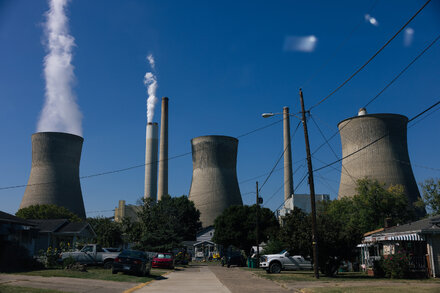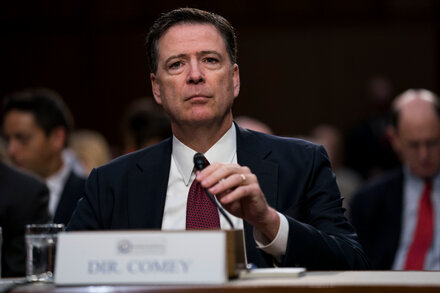
Donald Trump has consistently articulated a desire to revive the American coal industry, a position that has been a cornerstone of his economic and energy platforms since his 2016 presidential campaign. This stance is rooted in a multifaceted approach that combines economic promises, energy independence, and a challenge to environmental regulations.
One primary driver behind Trump’s push for coal’s resurgence is the pledge to restore jobs in communities historically reliant on the industry. Many coal-producing regions, particularly in Appalachia and the Midwest, have experienced significant job losses over the past few decades due to a combination of market forces, technological advancements, and environmental regulations. Trump’s narrative frames these losses as a direct result of policies he characterizes as a “war on coal” waged by previous administrations.
“We are going to get those miners back to work. We are going to get that industry back and going.”
Beyond job creation, the pursuit of energy independence and the utilization of domestic fossil fuel resources are key components of this strategy. Proponents argue that coal, as an abundant domestic resource, contributes to national energy security by reducing reliance on foreign energy sources. This perspective often accompanies calls for deregulation, aiming to reduce the perceived financial burden on coal companies imposed by environmental protections.
Policy Approaches and Regulatory Rollbacks
During his presidency, the Trump administration took several actions aimed at bolstering the coal industry. These included withdrawing the United States from the Paris Agreement on climate change, repealing the Clean Power Plan, and easing various environmental regulations concerning emissions and water quality. The stated intent was to remove obstacles that the administration believed were unfairly disadvantaging the coal sector.
From a political standpoint, championing the coal industry resonates with a specific segment of the electorate, particularly in states where the industry has deep cultural and economic roots. It allows for a narrative that positions the former president as a defender of traditional industries and working-class Americans against what he describes as overreaching government regulations and globalist agendas.
However, efforts to revive coal face significant economic headwinds. The industry’s decline has been largely driven by market forces, including the abundance of cheaper natural gas due to hydraulic fracturing, the decreasing costs of renewable energy sources like solar and wind, and a global shift towards cleaner energy. These economic realities have proven challenging to overcome, even with regulatory changes.
Ultimately, Trump’s desire to revive the coal industry is a blend of economic optimism, a focus on national energy resource utilization, and a political strategy to appeal to communities and voters who feel left behind by broader economic and environmental shifts.
Source: Read the original article here.





